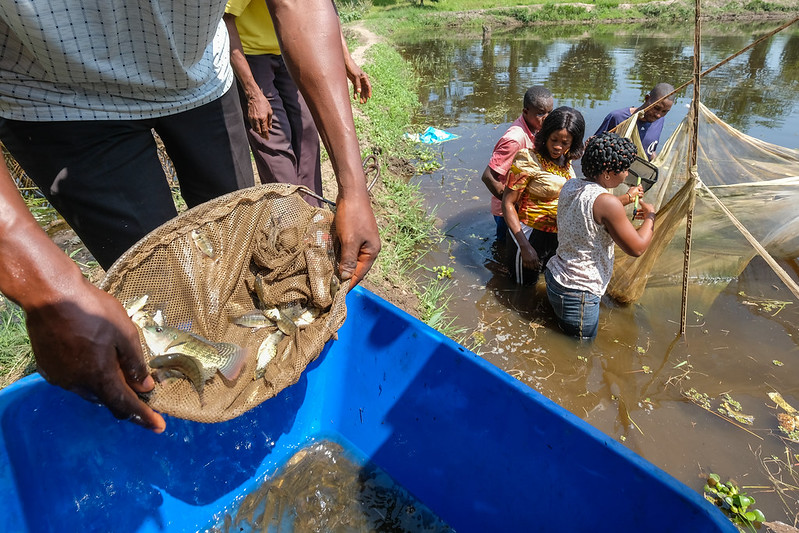
During the course of the activity, facilitators in collaboration with partners, shared their findings from a two-year study on mangrove restoration. Coordinators revealed that all the mangrove plantations they visited from Bullock to Tanbi and other national wetlands with an area of 6,000 hectares, are the most affected mangrove wetland which threatens marine biodiversity.
Speaking to Foroyaa, Sami Cameron from The World Agroforestry (ICRAF) said the Project is in the Gambia and Ghana and the situation is quite unique in the Gambia but different in Ghana in a sense that the mangroves resources is equally increasing from the assessment they've done compared to Ghana, which was declining. He said there are several factors that are contributing to this especially in Ghana where there is a lot of harvesting and also degradation of the resource group while in the Gambia unique resources are maintained by the communities with a lot of interest.
However, he said the communities' needs social support to continue the work in terms of replanting and also taking care of the mangrove resources that are available.
Speaking further about the Gambia, he said the Tanbi is affected because of settlement as well as the urban pressure and the degradation of mangrove around the Tanbi.



















